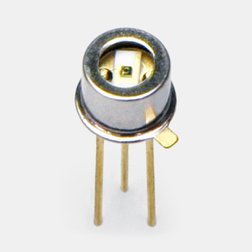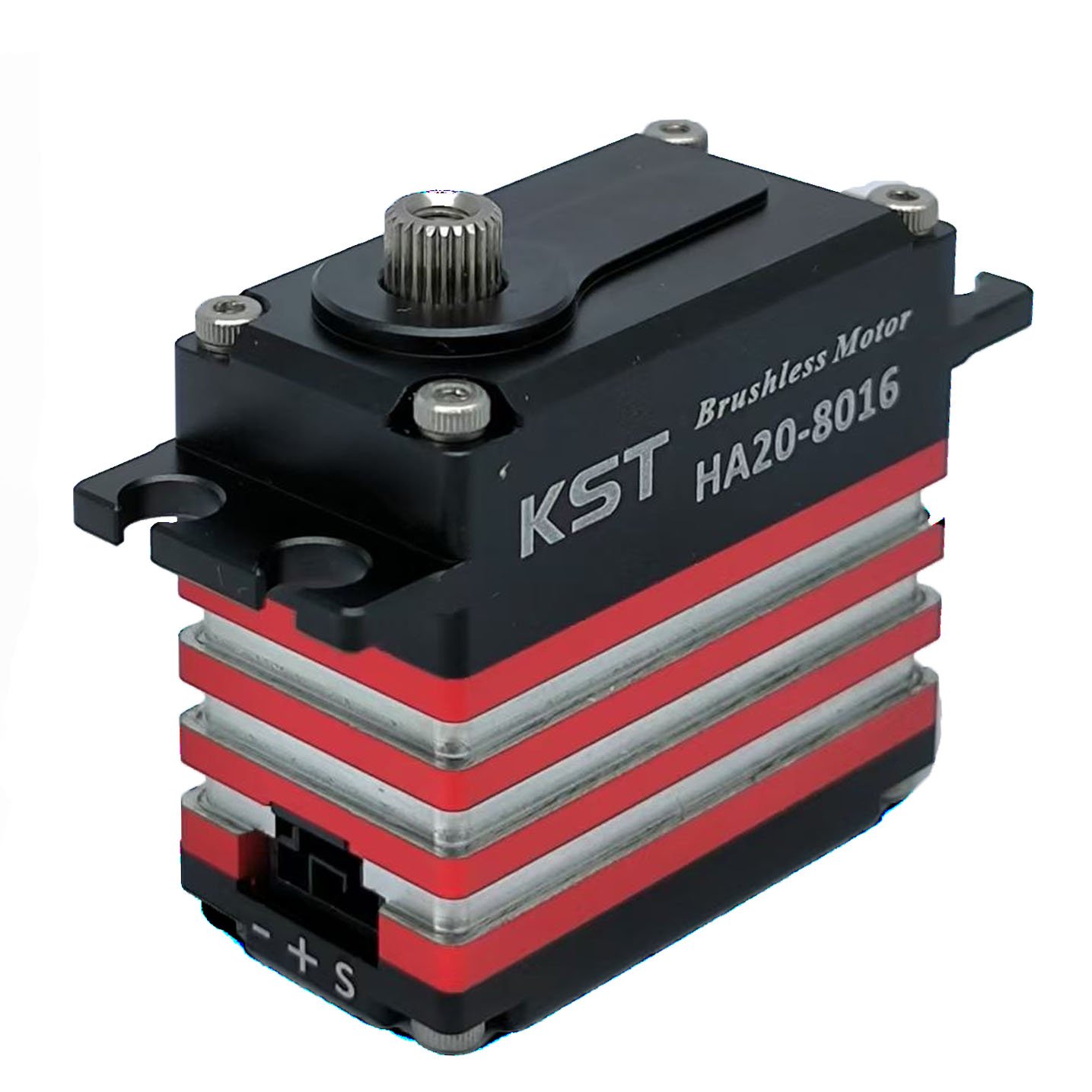An electrolytic capacitor is a special type of capacitor that uses an electrolyte liquid or solid to achieve charge separation and storage between plates. Compared to common ceramic capacitors or plastic capacitors, electrolytic capacitors generally provide greater capacitance and are relatively cheaper, but there are also some specific operating limitations and precautions. The structure of an electrolytic capacitor is relatively simple but powerful. It consists of two electrodes: one is the anode, which is usually aluminum foil, and the other is the cathode, which can be aluminum foil coated with a conductive polymer. The two electrodes are filled with an electrolyte, such as aluminum sulfate or an organic electrolyte. The choice and quality of the electrolyte directly affects the performance of the capacitor, including the operating voltage range, capacitance stability, and life. When working, the anode of the electrolytic capacitor is connected to the positive voltage end of the circuit, and the cathode is connected to the ground or negative voltage end of the circuit. When current flows through the electrolyte, the ions in the electrolyte move and cause the charge separation between the capacitor plates under the action of the electric field, thereby forming a capacitor effect.

Electrolytic capacitor polarity:
Electrolytic capacitors are usually composed of two aluminum foil electrodes separated by an electrolyte (usually a liquid or solid electrolyte). One electrode is the anode and the other is the cathode. The chemical reaction in the electrolyte, under the action of the electric field, causes the charge separation between the two plates of the capacitor, thereby achieving the capacitance effect.
Polarity marking and connection:
The polarity marking of electrolytic capacitors is very important, and there are usually several ways to mark it:
Long leg and short leg: The long leg of an electrolytic capacitor generally represents the anode (positive pole), and the short leg represents the cathode (negative pole).
Symbol marking: Electrolytic capacitors are usually marked with symbols on the surface or terminals. The anode is generally marked with a positive sign (+), and the cathode may be marked with a negative sign (-) or have an arrow pointing to the cathode.
Markings on the capacitor: Sometimes there are also markings on the outer casing of the electrolytic capacitor to indicate its polarity and rated voltage.
Electrolytic capacitor symbol:

Application areas:
Electrolytic capacitors play an important role in various electronic devices and circuits:
Power filtering: In power circuits, electrolytic capacitors are used to smooth DC voltage and reduce power fluctuations and noise.
Coupling and decoupling: Used to couple signals to different circuit stages or provide temporary energy storage in circuits.
Smoothing capacitors for DC power supplies: In DC power circuits, electrolytic capacitors help eliminate pulsations and ripples in the power supply and keep the voltage stable.
Starting circuits for electronic devices: In some electronic devices, electrolytic capacitors are used to help start motors or other high-power devices and balance circuit voltages.
FAQ
Polarity: Electrolytic capacitors are polar components and must be connected correctly to avoid damage or failure.
Lifespan: Electrolytic capacitors have a limited lifespan, usually between a few thousand and tens of thousands of hours, and are affected by ambient temperature and usage conditions.
Replacement cycle: When designing a circuit, the lifespan and replacement cycle of electrolytic capacitors need to be considered to ensure the reliability and durability of electronic equipment.
For more information, please contact us at: emi-ic.com
























